|
|
|
|
At the moment I'm mostly interested in applications of computer vision to 3D computer graphics and rendering. |

|
Artem Sevastopolsky Philip Grassal, Simon Giebenhain, ShahRukh Athar, Luisa Verdoliva, Matthias Nießner arXiv, 2023 project page / video / arXiv / code We learn to generate large displacements for parametric head models, such as long hair, with high level of detail. The displacements can be added to an arbitrary head for animation and semantic editing. |
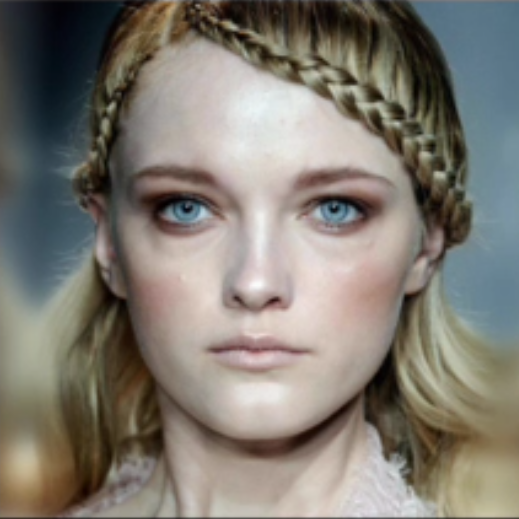
|
Ananta Raj Bhattarai, Matthias Nießner, Artem Sevastopolsky WACV, 2024 project page / video / arXiv / code EG3D is a powerful {z, camera}->image generative model, but inverting EG3D (finding a corresponding z for a given image) is not always trivial. We propose a fully-convolutional encoder for EG3D based on the observation that predicting both z code and tri-planes is beneficial. TriPlaneNet also works for videos and in real time (check out the Live Demo). |
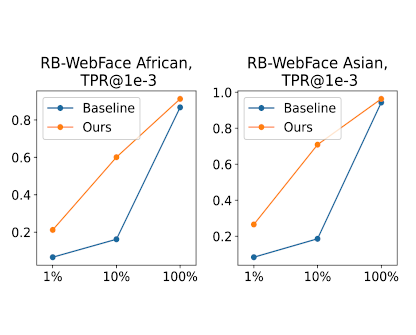 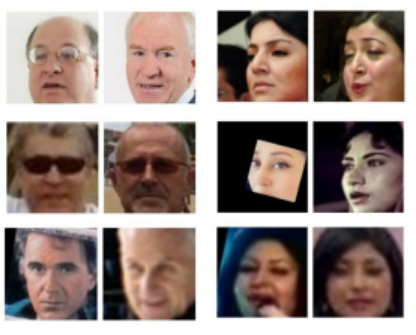
|
Artem Sevastopolsky, Yury Malkov, Nikita Durasov, Luisa Verdoliva, Matthias Nießner ICCV, 2023 project page / video / arXiv / code & datasets Can the power of generative models provide us with the face recognition on steroids? Random collections of faces + StyleGAN are the secret sauce. We release the collections themselves, as well as a new fairness-concerned testing benchmark. |
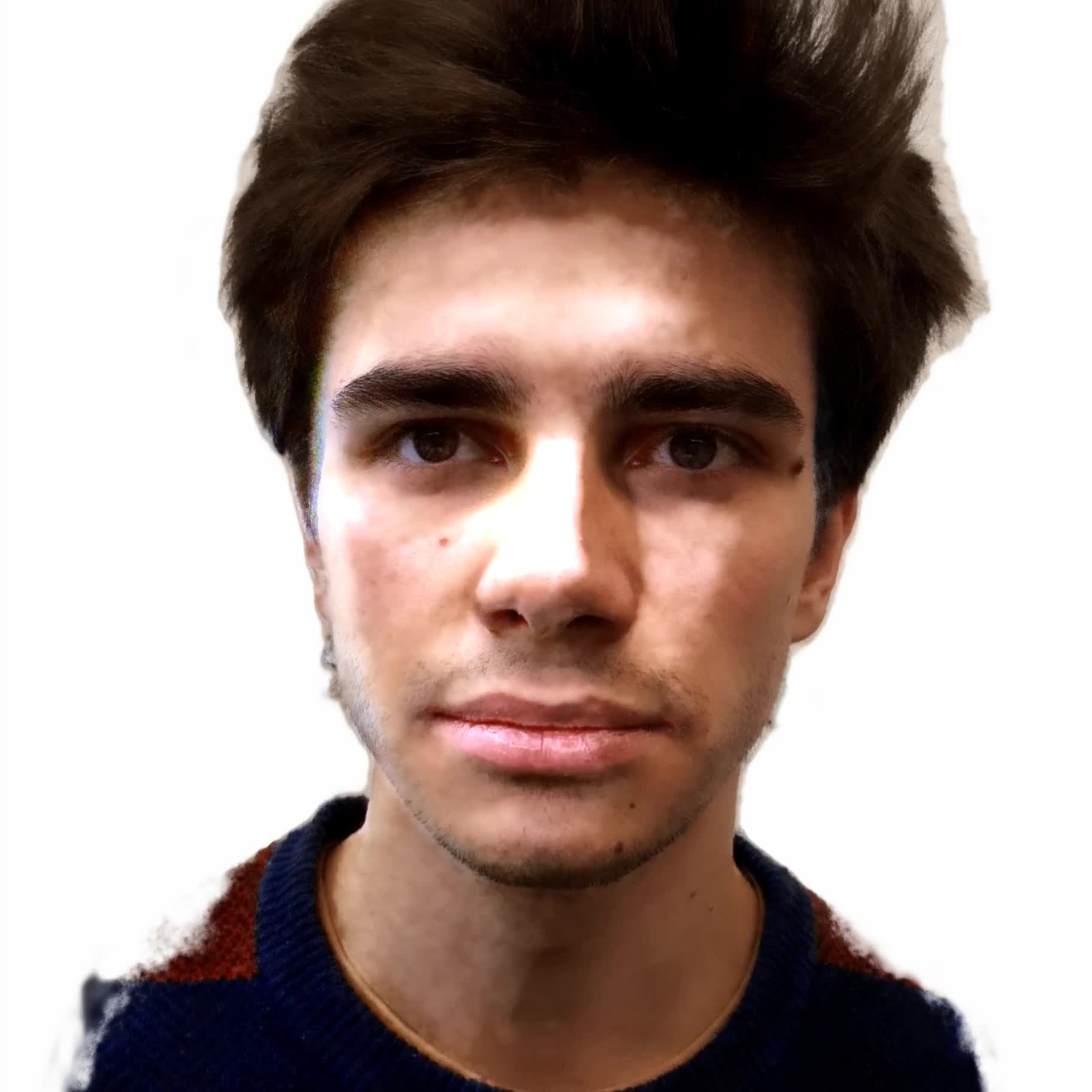
|
Artem Sevastopolsky, Savva Ignatiev, Gonzalo Ferrer, Evgeny Burnaev, Victor Lempitsky arXiv, 2020 project page / video / arXiv / talk video By taking a simple selfie-like capture by a smartphone, one can easily create a relightable 3D head portrait. The system is based on Neural Point-Based Graphics. media coverage: IEEE Spectrum (March '21), technology.org (January '21) |
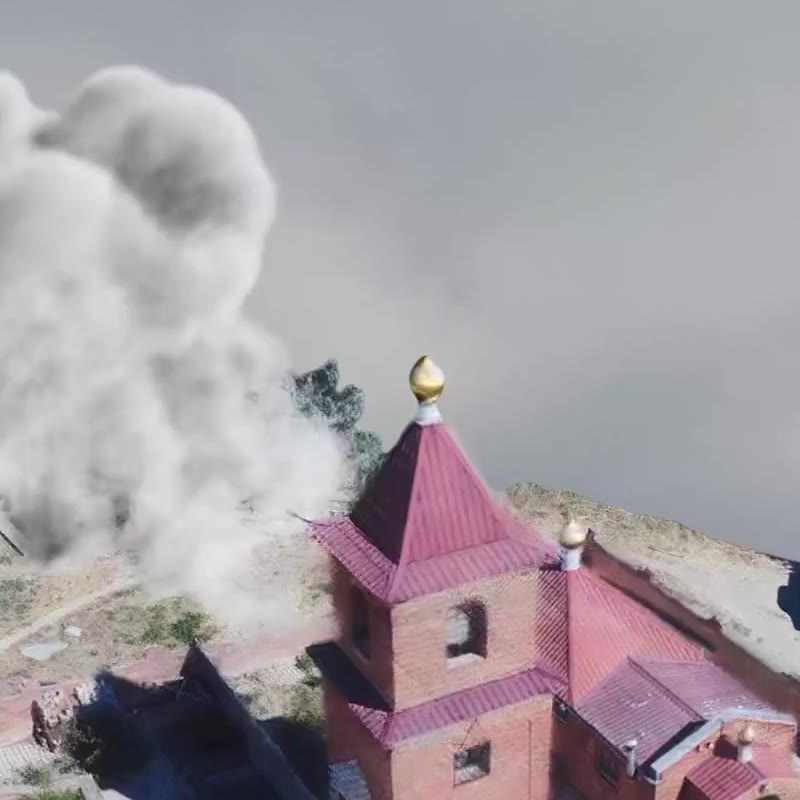
|
Maria Kolos*, Artem Sevastopolsky*, Victor Lempitsky 3DV, 2020 project page / video / arXiv / code An extension of Neural Point-Based Graphics that can render transparent objects, both synthetic and captured in-the-wild. |
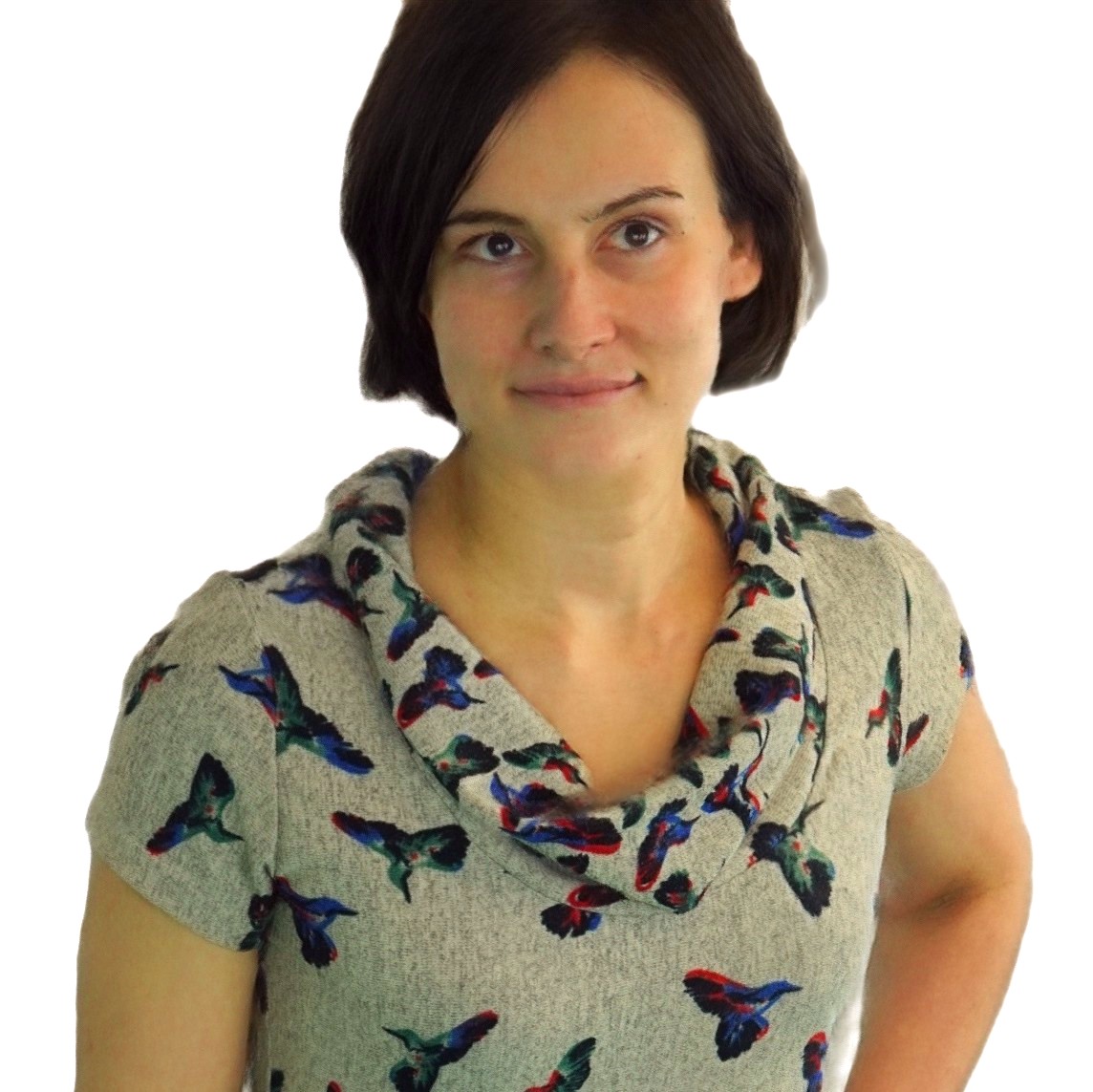 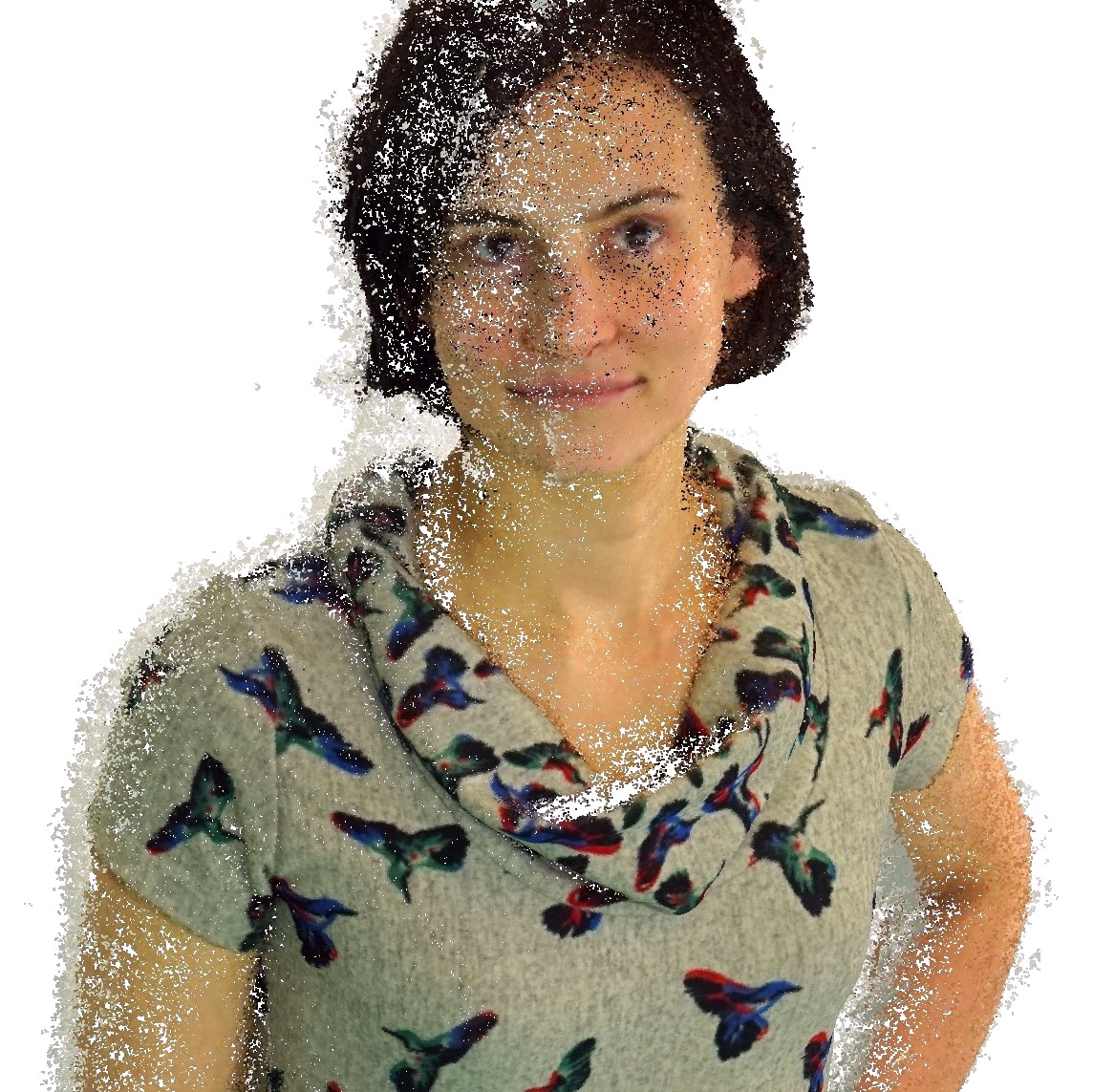
|
Kara-Ali Aliev, Artem Sevastopolsky, Maria Kolos, Dmitry Ulyanov, Victor Lempitsky ECCV, 2020 project page / video / arXiv / code Given RGB(D) images and a point cloud reconstruction of a scene, our neural network generates extreme novel views of the scene which look highly photoreal. |
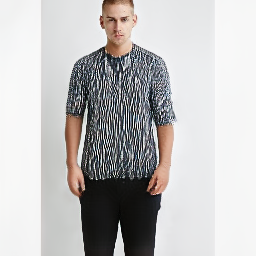 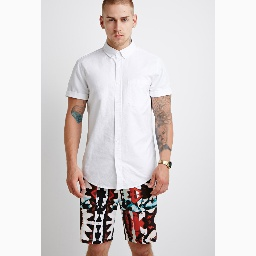
|
Artur Grigorev, Artem Sevastopolsky, Alexander Vakhitov, Victor Lempitsky CVPR, 2019 project page / arXiv / supmat How would I look in a different pose? Or in different clothes? A ConvNet with coordinate-based texture inpainting to the rescue. |
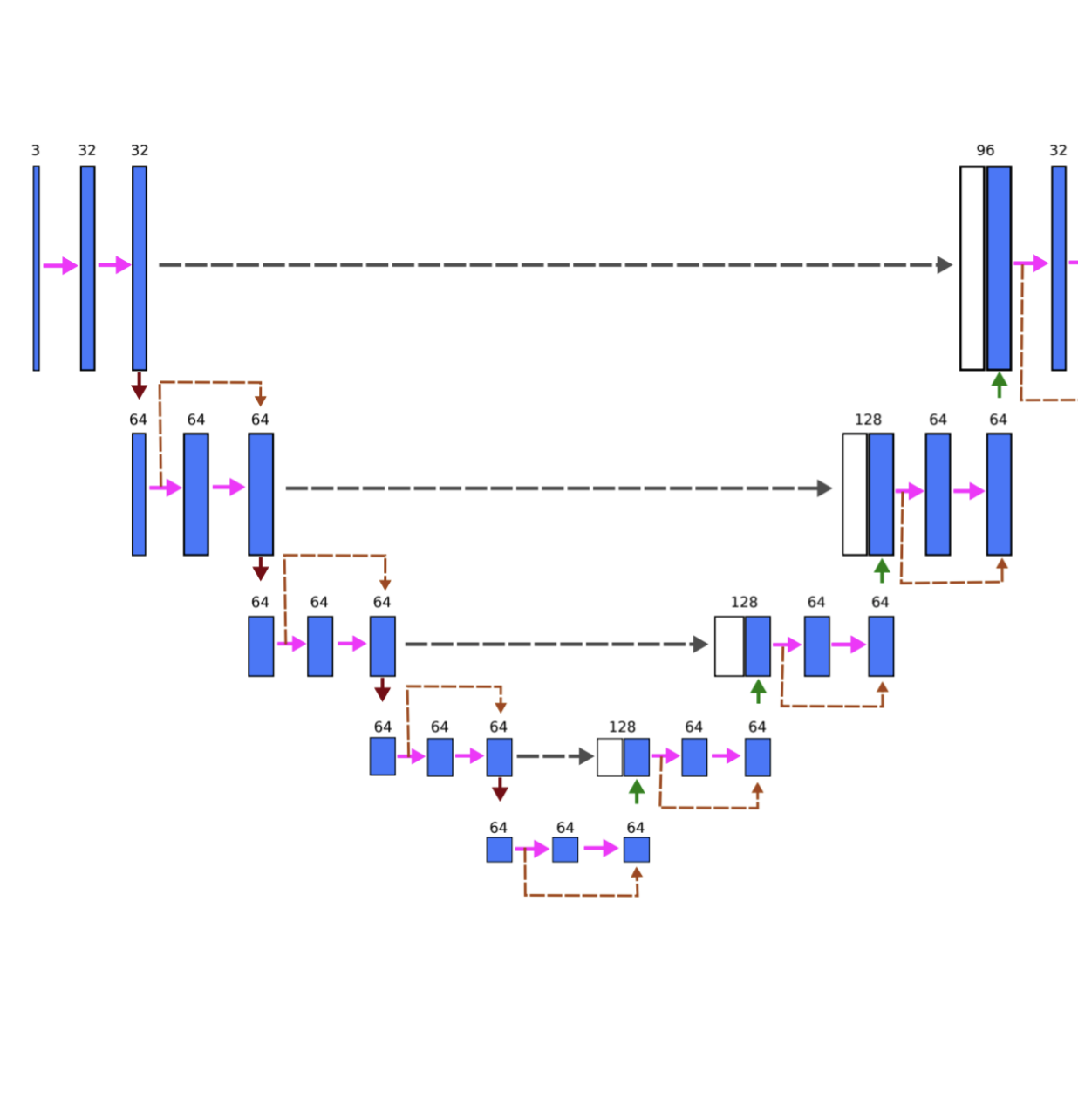
|
Artem Sevastopolsky, Stepan Drapak, Konstantin Kiselev, Blake M. Snyder, Jeremy D. Keenan, Anastasia Georgievskaya SPIE Medical Imaging, 2019 arXiv An advanced version of "Optic disc and cup segmentation methods..." (see below), where a segmentation is performed by a U-Net stacked multiple times, and a validation is performed on large amounts of data provided by UCSF. |
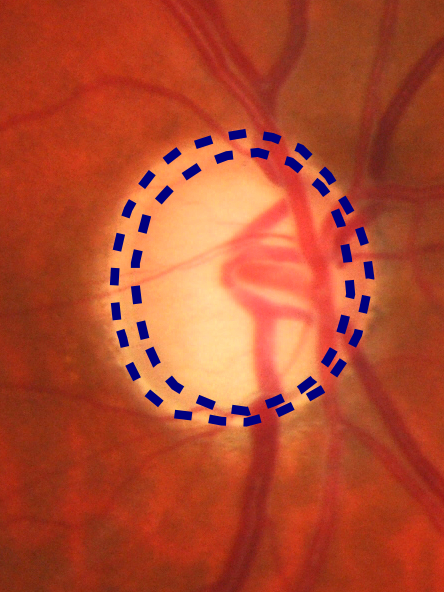 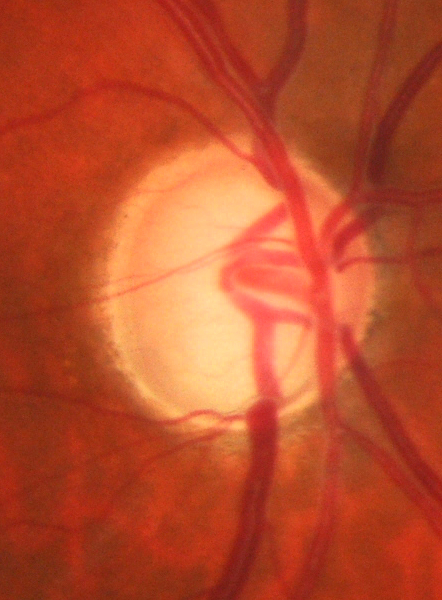
|
Artem Sevastopolsky, Pattern Recognition & Image Analysis, 2017 arXiv / code Automatic segmentation of two organs on an eye fundus image allows medical doctors to make more accurate early diagnosis of glaucoma and evaluate its progression over time. |
|
The webpage template was borrowed from the exciting page of Jon Barron. |